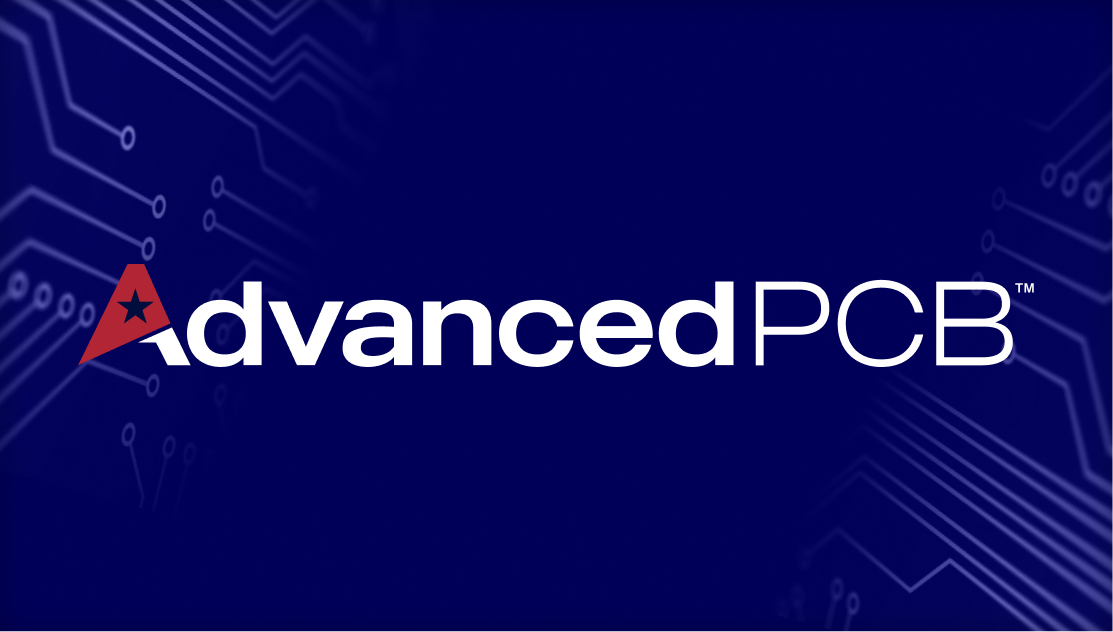PCBs in the Role of OLED and 4K Screens

OLED Developments
Organic Light Emitting Diode (OLED) technology has been constantly improving and gaining in use since its introduction in the 1980’s. OLEDs offer a number of advantages over LCDs:
- OLEDs do not require backlight due to their inherent emissive properties
- Power consumption is reduced by the omission of the backlight requirement
- OLEDs do not suffer from viewing at different angles because of their consistent contrast ratio
- Response times are not so affected by temperature ranges, broadening their acceptable use
A huge factor in the use of modern OLED displays is their property of flexibility. Recent developments in OLED displays have taken advantage of the capability of bending or curving OLED displays, particularly in smartphones and television displays. This enhances the viewer experience and contributes to such uses as mounting on curved walls for advertising or other commercial uses.
Manufacturers adopting OLED technology must keep more than the properties of OLED displays under consideration. Flexibility and weight are certainly beneficial in the displays themselves, but the printed circuit boards (PCBs) that control the displays must be considered as well. PCBs must be designed to complement OLED products by also exhibiting small footprints, efficient layout for manufacturing, light weight, and often such flexible characteristics as the displays possess. Although in the past, flexible PCBs were often regarded as cost-prohibitive, the advantages in some applications have proven to justify the cost, especially over the long term. Flexibility can improve ease of installation and maintenance of products. Actual component assembly in flex PCBs is quite similar to that utilized in rigid PCB fabrication.
OLEDs’ inherent qualities make them well-suited to such commercial uses as window presentation displays and multiple lighting formats such as automotive lighting. Even broader uses of OLED lighting are being considered including area lighting formerly accomplished with fluorescent tubes and LED devices.
OLED Displays Integrated on PCBs
For specific applications, it is now also conceivable to incorporate OLED displays into the design of PCBs. The OLED display can be surface-mounted on the board along with the required display drivers and can operate with very low voltage requirements. These low current requirements allow top-emitting OLEDs incorporated into PCB boards to operate with no loss of supply voltage or efficiency.
PCBs containing OLED displays can be fabricated utilizing a construction methodology that places the OLED on the front side of the board and covered with a barrier level, while the functional components or driver panel are placed on or directly behind the display on the back side of the PCB. This results in an optimized design where space requirements are a concern.
PCB-integrated OLEDs are now available commercially in a variety of formats, sizes, interfaces, and colors to meet the requirements of various applications.
4K Displays and Applications
For those consumers who can no longer live with simple high-definition (HD) displays, the answer is to move up to 4K technology. As compared to HD, 4K provides double the resolution with four times the pixels. Images presented by 4K technology are therefore noticeably sharper. This can be significant to those who are developing computer graphic images or computer users who enjoy gaming situations where high-resolution graphics are incorporated.
Television manufacturers have been naturally quick to adopt 4K technology into their product offerings to meet the demands and enjoyment of prospective customers. Such sets bring high quality images to life through streaming internet video or utilizing this ultra-HD format from HDMI or USB sources, and more as they become available.
4K displays can typically be a standard upgrade or replacement for older display devices, but to get the maximum benefit in intensive graphics or gaming applications, more powerful PCB graphics cards capable of high-performance and maximized frame refresh rates will be required. These PCBs are capable of handling 4K displays with refresh rates in the 60Hz range, and for more extreme users, some are available that manage displays running at 144Hz refresh rates.
OLED and 4K PCB Conclusion
Fabricating products with OLED and 4K displays presents a new challenge to both PCB designers and manufacturers. Wearable technologies such as virtual reality glasses and smart watches are further extending the requirements for light and ultra-thin PCBs. This makes the utilization of computerized design tools and Design for Manufacturing (DFM) software all the more critical for successful PCB development.

AdvancedPCB
Related Posts

Future trends of the circuit board

2-Layer vs. 4-Layer Printed Circuit Boards



